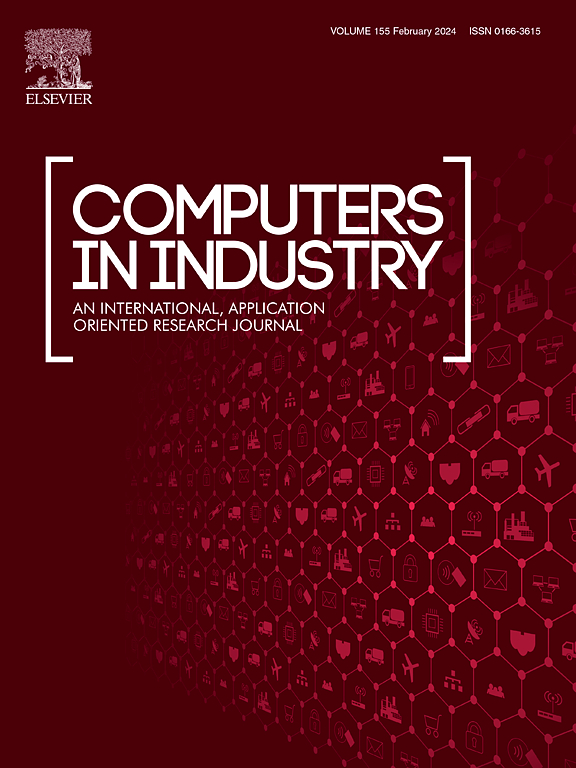A novel paradigm for predicting and interpreting uneven roll wear in the hot rolling steel industry
IF 8.2
1区 计算机科学
Q1 COMPUTER SCIENCE, INTERDISCIPLINARY APPLICATIONS
引用次数: 0
Abstract
In the hot rolling industry, uneven roll wear significantly influences schedule free rolling and product quality, necessitating more precise wear prediction to improve the capabilities of hot rolling production. However, existing methods, laden with limitations, struggle to predict uneven roll wear precisely and transparently. To address these challenges, we present a novel paradigm that combines a computer simulation technique, classical wear theory and a data-driven approach for predicting uneven work roll wear in the hot rolling industry. Initially, a finite element model is constructed to simulate hot rolling processing. Subsequently, an Archard-theory-based work roll wear model is derived to calculate the theoretical wear loss using the simulation results. Following this, based on the theoretical wear loss, a deep ensemble model containing three base predictors is established. Notably, Shapley additive explanations (SHAP) and ensemble mechanism analysis are implemented to explain the predictive process of the wear loss. The comparative experimental results demonstrate the deep ensemble method achieves a 2 % accuracy improvement over other machine learning models. Additionally, the wear prediction results for a real case of a roll change period prove that, at the peak position of wear profile, the proposed paradigm surpasses the existing model by 7.2 %. Significantly, the feature contributions and process interpretable analysis based on SHAP make the proposed paradigm both transparent and reliable.
预测和解释热轧钢行业轧辊不均匀磨损的新范式
在热轧行业中,轧辊磨损不均匀严重影响无进度轧制和产品质量,需要更精确的磨损预测来提高热轧生产能力。然而,现有的方法,充满了局限性,难以准确和透明地预测轧辊不均匀磨损。为了应对这些挑战,我们提出了一种新的范例,将计算机模拟技术、经典磨损理论和数据驱动方法相结合,用于预测热轧工业中工作辊的不均匀磨损。首先,建立了模拟热轧过程的有限元模型。在此基础上,建立了基于archard理论的工作辊磨损模型,利用仿真结果计算理论磨损损失。在此基础上,以理论磨损量为基础,建立了包含三个基本预测量的深度系综模型。值得注意的是,采用Shapley加性解释(SHAP)和系综机理分析来解释磨损的预测过程。对比实验结果表明,与其他机器学习模型相比,深度集成方法的准确率提高了2 %。此外,对实际轧辊换期的磨损预测结果表明,在磨损曲线的峰值位置,所提出的模型比现有模型高出7. %。值得注意的是,基于SHAP的特征贡献和过程可解释性分析使所提出的范式既透明又可靠。
本文章由计算机程序翻译,如有差异,请以英文原文为准。
求助全文
约1分钟内获得全文
求助全文
来源期刊

Computers in Industry
工程技术-计算机:跨学科应用
CiteScore
18.90
自引率
8.00%
发文量
152
审稿时长
22 days
期刊介绍:
The objective of Computers in Industry is to present original, high-quality, application-oriented research papers that:
• Illuminate emerging trends and possibilities in the utilization of Information and Communication Technology in industry;
• Establish connections or integrations across various technology domains within the expansive realm of computer applications for industry;
• Foster connections or integrations across diverse application areas of ICT in industry.
 求助内容:
求助内容: 应助结果提醒方式:
应助结果提醒方式:


